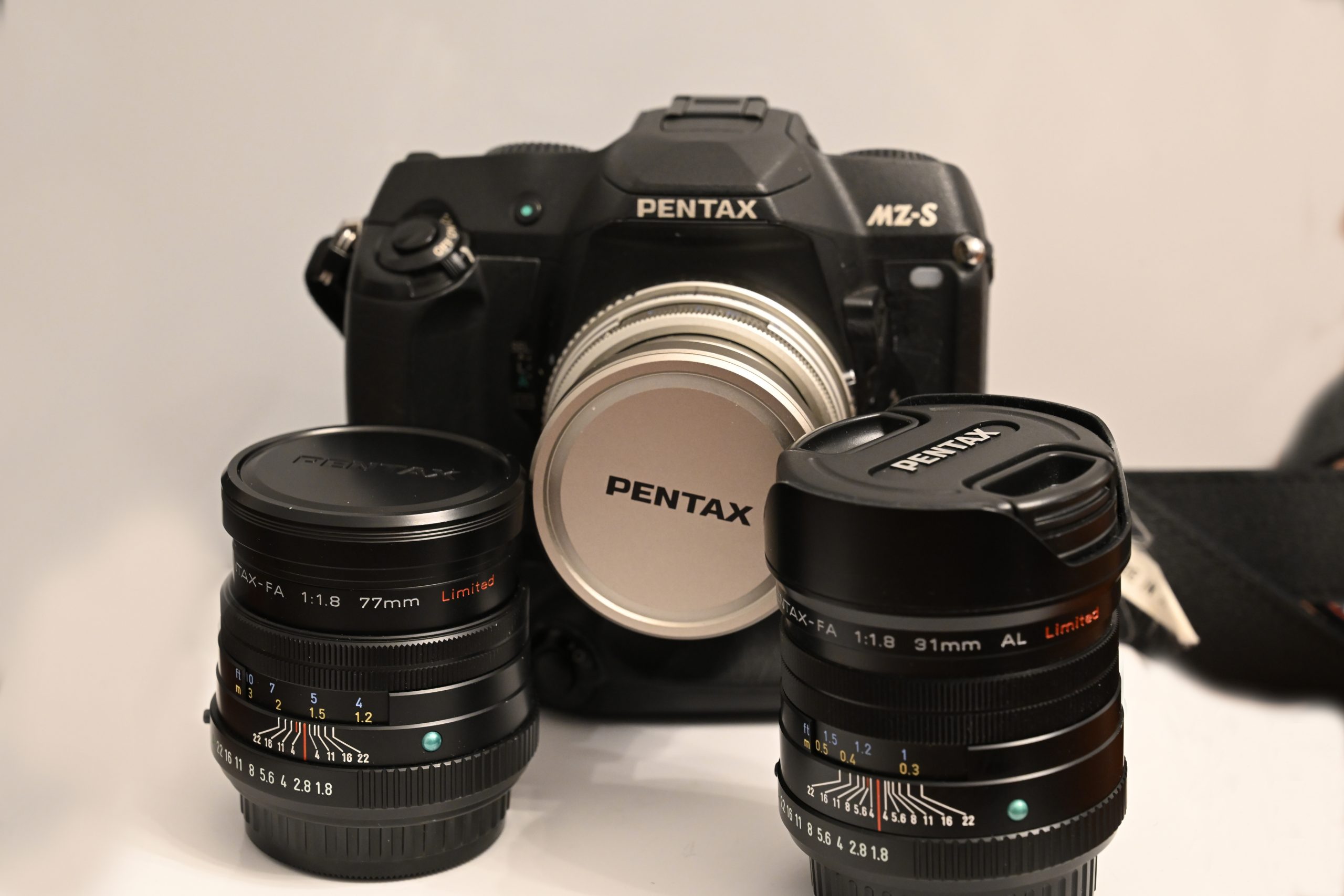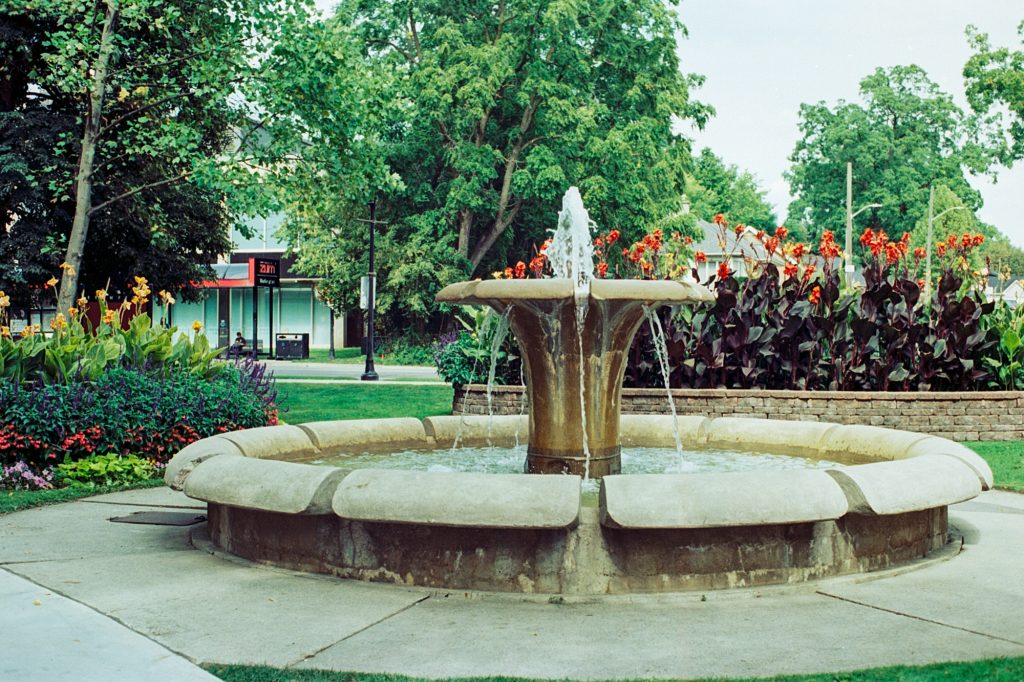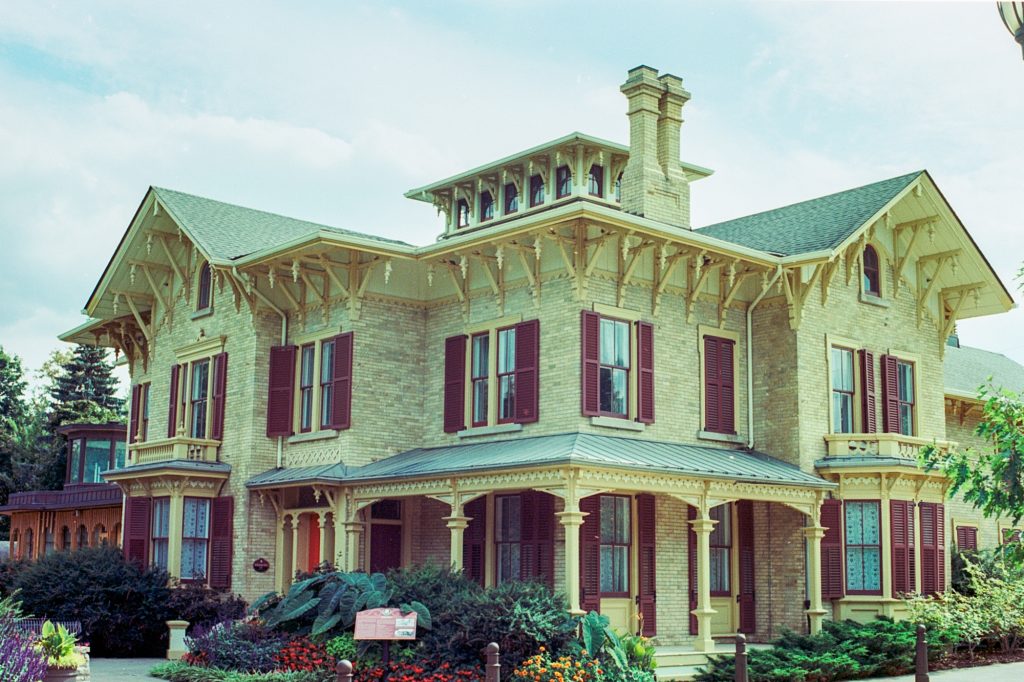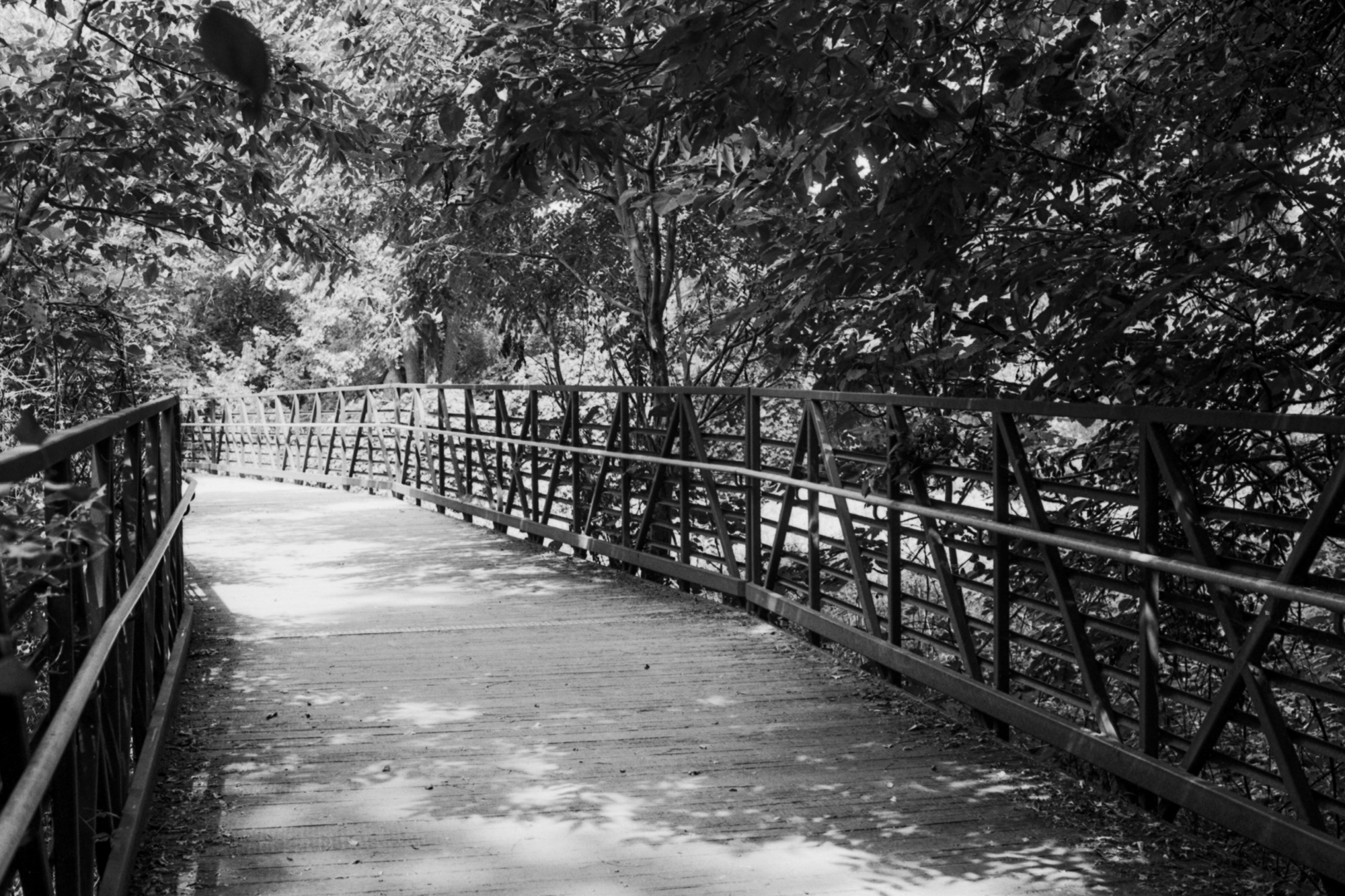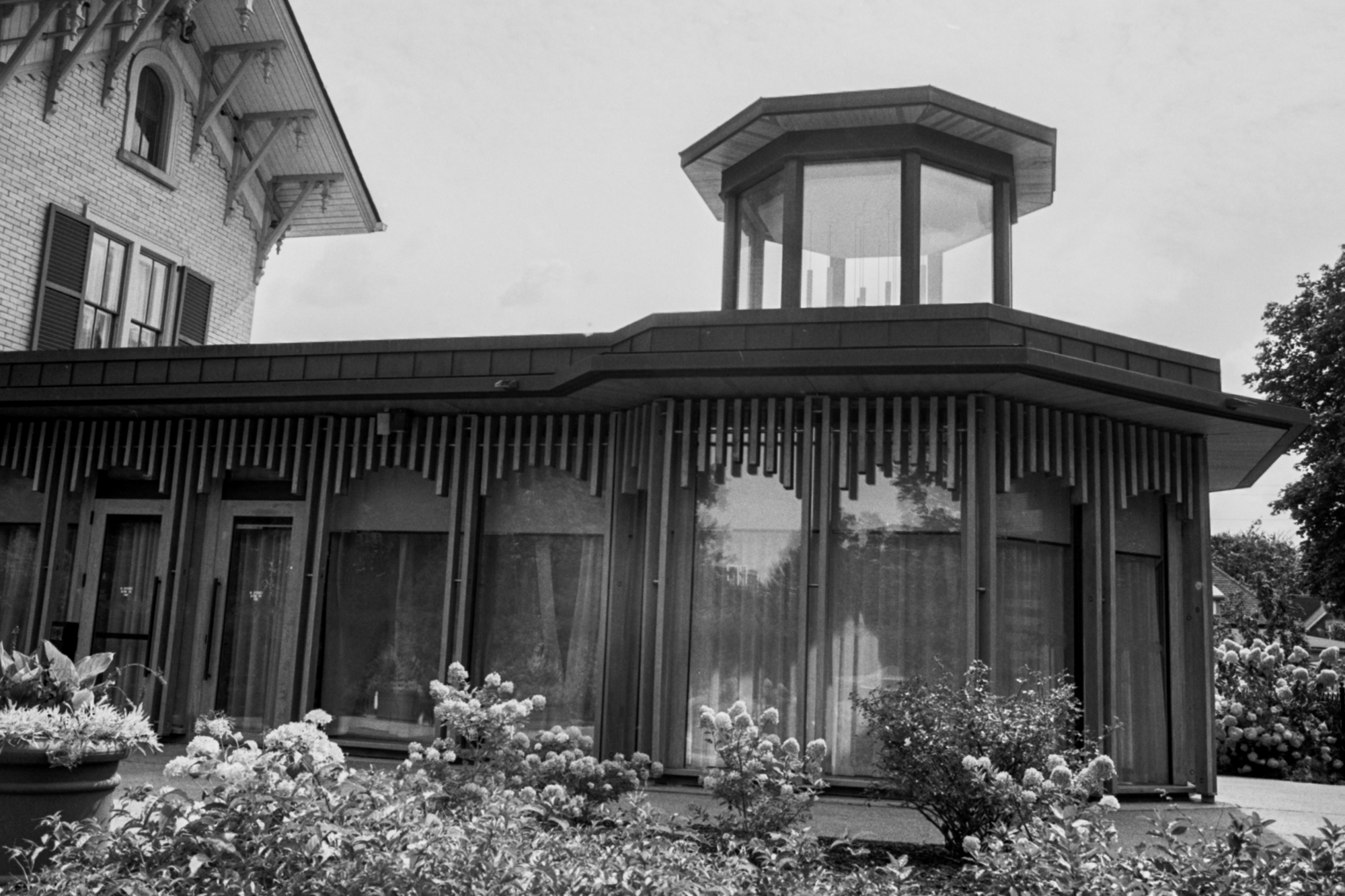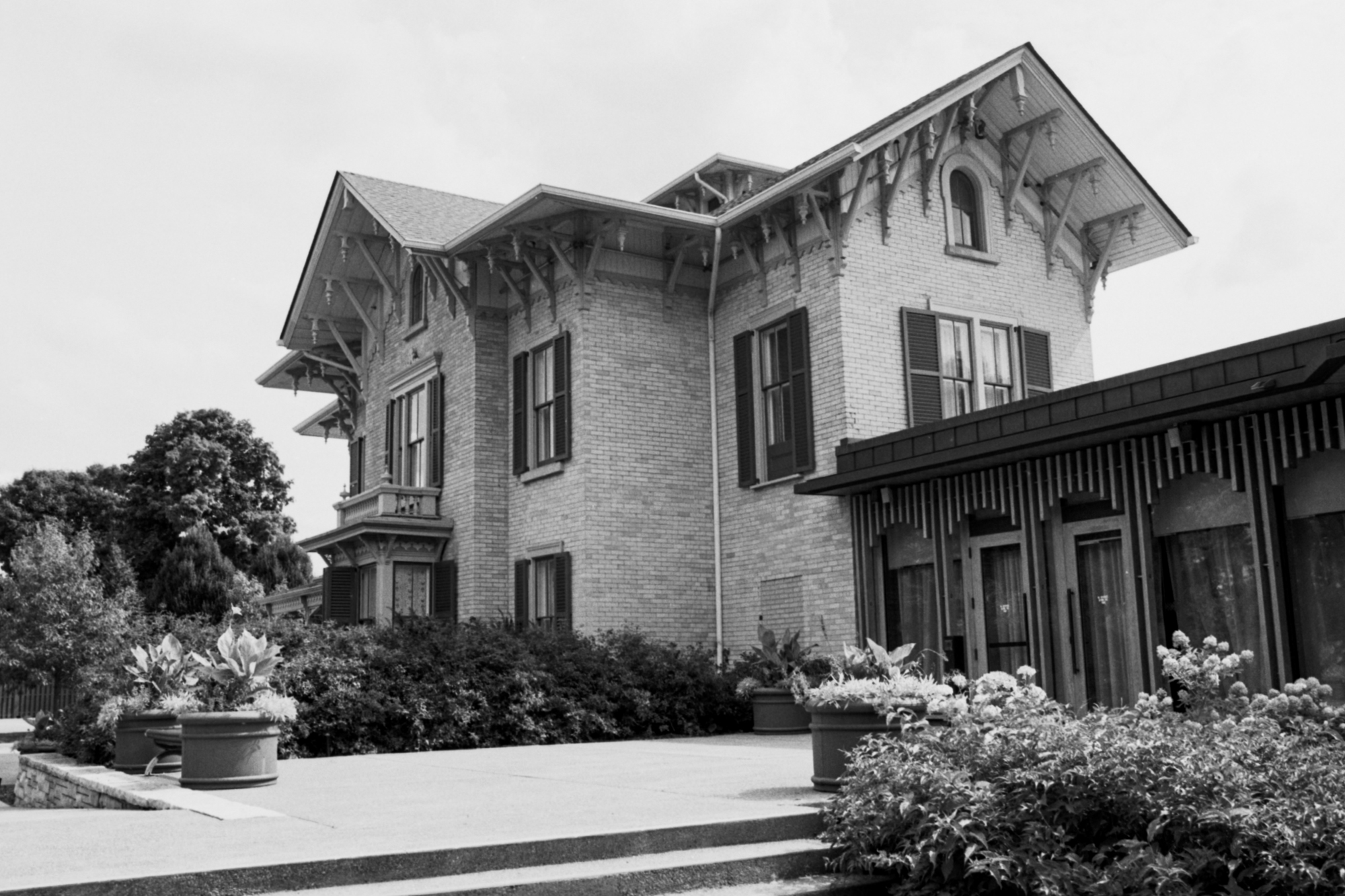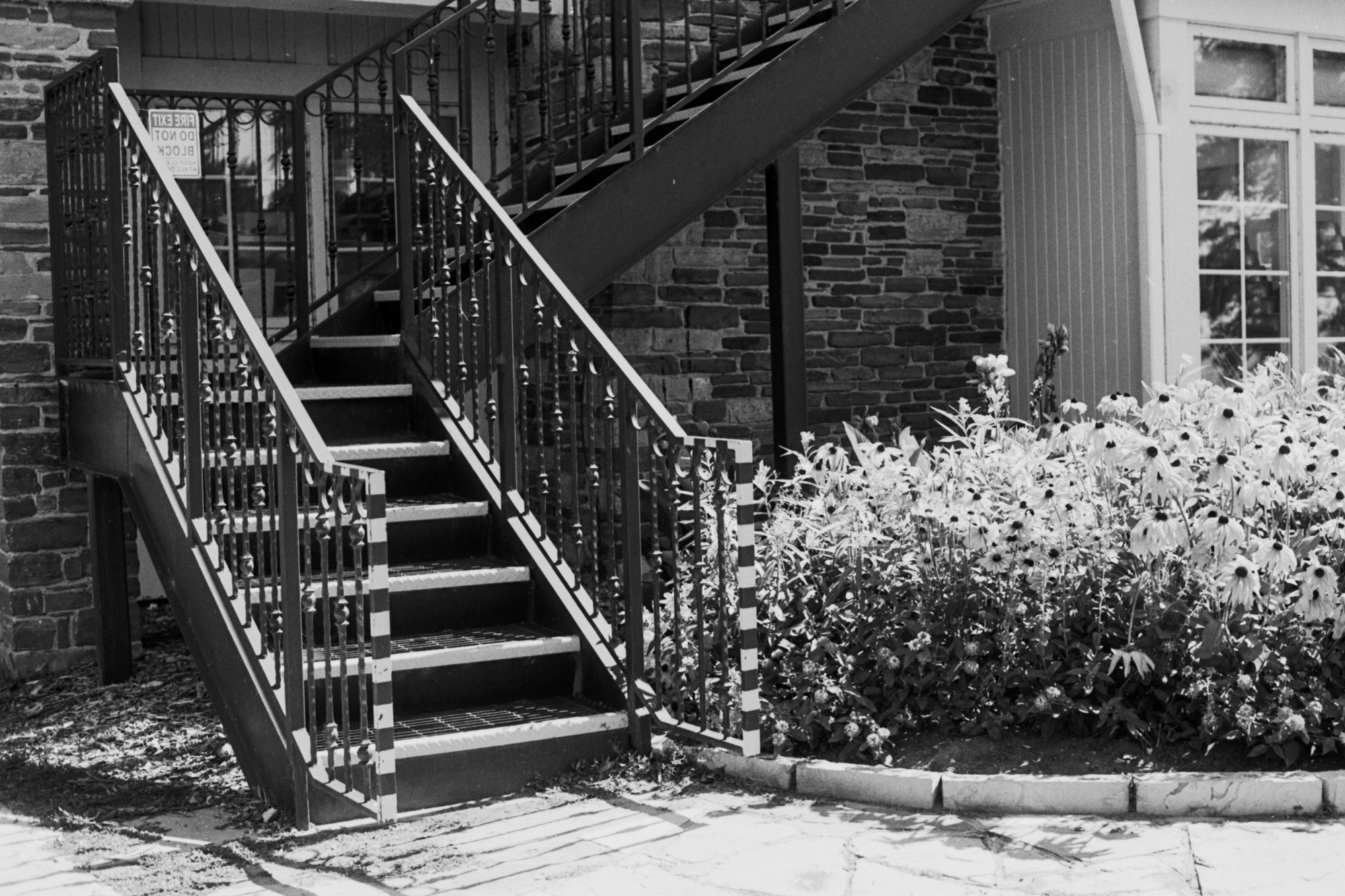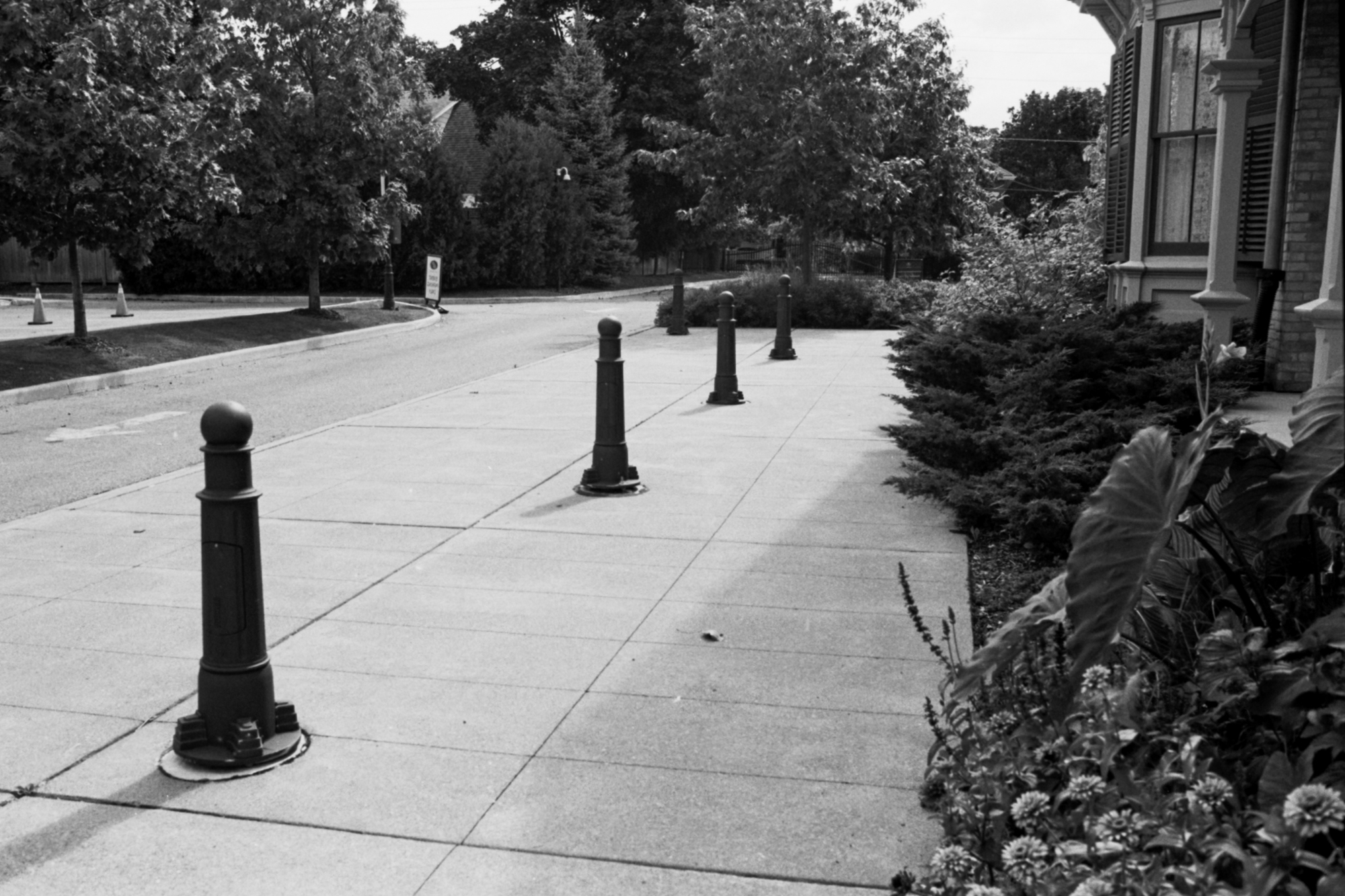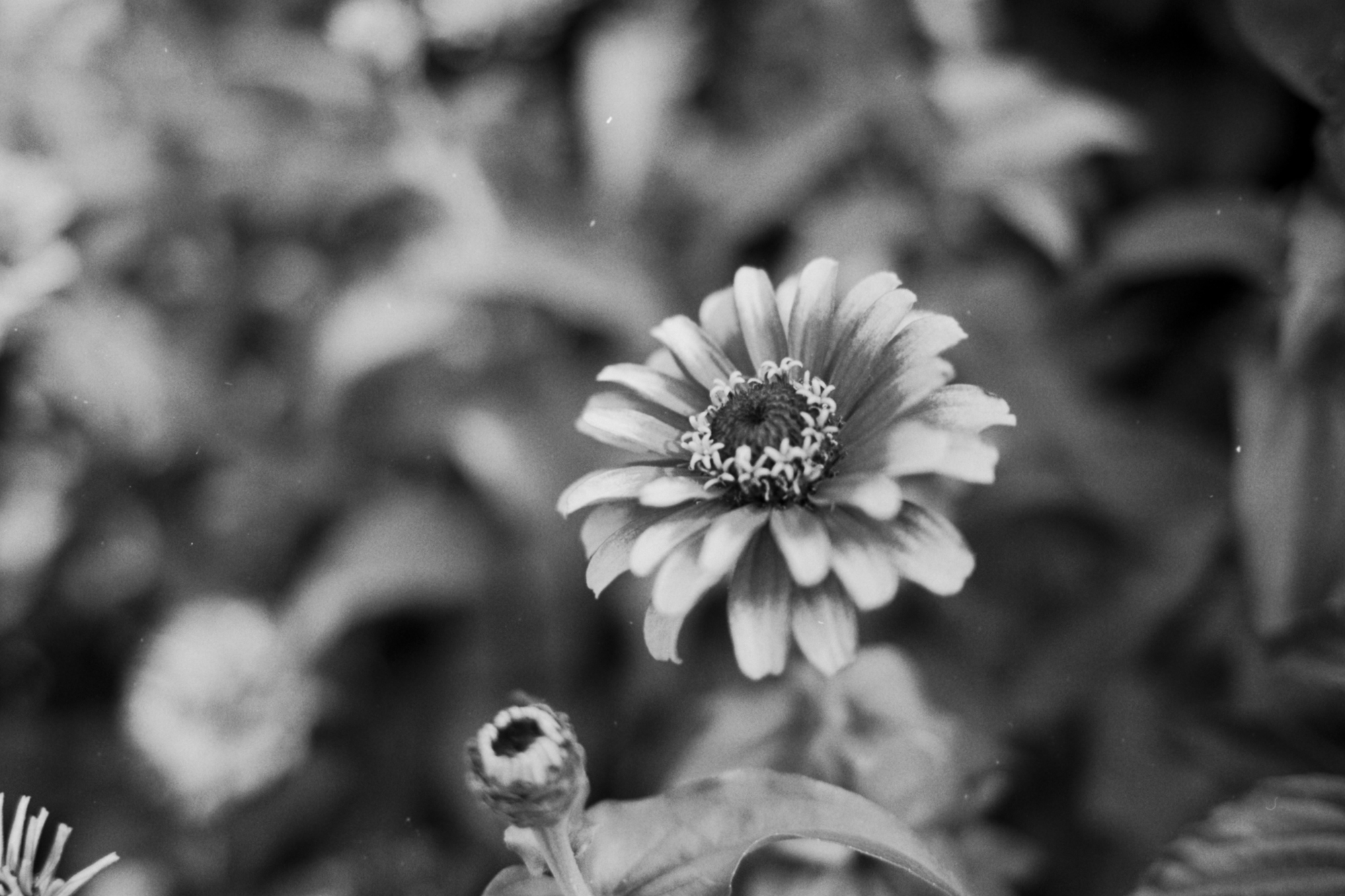When I first picked up the Pentax MZ-S, I wasn’t sure what to expect. This was Pentax’s last serious film SLR, released in 2001 when the world was already pivoting toward digital. But after carrying it for a weekend plus or minus a few days… and running a few of my favorite films through it with the Pentax Limited primes, I found it to be one of the most photographer-friendly cameras I’ve ever used. Thanks to John Roberts @jrphotographybc_onfilm for loaning this cool camera and lenses out to me and the rest of the @classiccamerarevival crew!
First Impressions
The MZ-S feels different right away. The slanted top plate angled toward the shooter, makes it easy to check exposure settings with just a glance — no shifting, no awkward tilts. It sounds minor, but after a few hours walking around with it, I appreciated it more than I expected.
The body itself is sturdy magnesium alloy, reassuring in hand but not cumbersome. Unlike bulkier pro bodies, this one almost disappears when slung over your shoulder and does not feel like a plastic camera. That balance became one of its biggest strengths: strong enough to feel right and light enough to forget about.
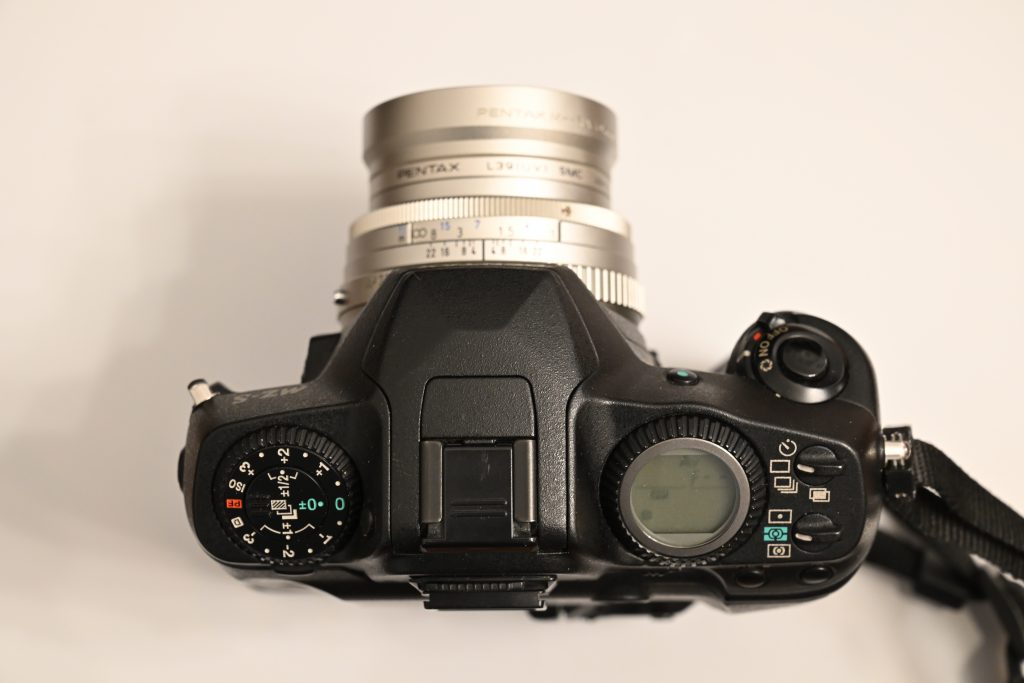
Viewfinder & Controls
The viewfinder is bright, uncluttered, and easy to work with. It’s not the immersive tunnel of light you get from some older manual SLRs, but it’s very comfortable for extended shooting.
The controls are where the MZ-S really shines. Pentax designed it so that every major function is one step away — no hidden menus, no convoluted button combinations.
- Exposure Mode Dial: Instead of tucking modes away digitally, the MZ-S has a clear, dedicated dial. I could move from manual to aperture priority with a quick twist — invaluable when shifting between street shooting and more deliberate work.
- Drive Mode Lever: Right beside it, the drive settings are just as accessible. Single, continuous, bracketing, or self-timer — all selectable with a flick of a switch. I found myself using bracketing with Ektar 100 in difficult light, and it was effortless to engage without taking my eye off the scene.
- Focus Point Selector: The camera uses a small switch to move between AF modes, and choosing a specific point is done with a thumb dial. It’s straightforward, tactile, and avoids the button-pushing gymnastics of some contemporaries.
- Shutter & Command Dials: Dual command dials fall naturally under thumb and forefinger, making manual exposure adjustments smooth. Shooting FP4 in manual, I was adjusting shutter and aperture on the fly without ever thinking about it.
- Dedicated Switches for Metering & Exposure Compensation: I loved being able to shift from evaluative to spot metering instantly. When shooting Kentmere 200 in variable light, I often used spot metering for precision — the switch made it feel instinctive rather than deliberate. Exposure compensation is equally quick, set with a dial that has just enough resistance to prevent accidental shifts.
All of these controls are placed with real-world use in mind. Nothing feels cluttered or overly complex, and because everything has a physical control, the camera encourages an intuitive, almost tactile rhythm. After a few rolls, muscle memory took over.
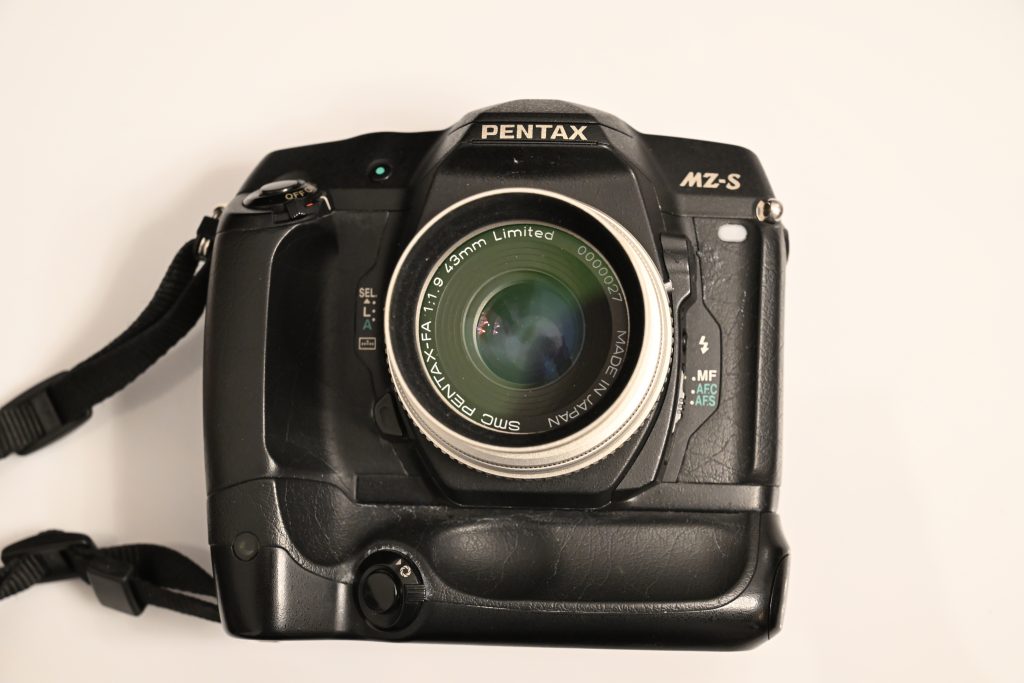
Shooting with the Primes
The trio of Pentax FA lenses (the 31mm f/1.8, the 43mm f/1.8, and the 77mm f/1.8)brought something different, respectively. The camera seemed to bring out the best in them.
- With the 31mm f/1.8, the camera felt agile and quick — a perfect setup for walking the streets, framing architecture, and catching wide environmental shots. The metering handled high-contrast light accurately. This was evident with Kentmere 200 which has a narrower latitude in my opinion.
- The 43mm f/1.9 almost felt tailor-made for the MZ-S. Balanced, compact, and natural, it made the camera disappear even further. That lens, on this body, was the combination I kept coming back to; it was my favourite by far.
- The rendering qualities of the 77mm f/1.8 really surprised me. The negatives had a beautiful clarity and depth. The auto-focus was quite snappy and locked-on quickly in most situations. Manual focusing also felt natural through the viewfinder.
Images below shot on Kentmere 200 at box speed. Developed in D-76 1+1; 8m45s @20°C. Scanned on an Epson 10000XL. Minor adjustments in LrC.
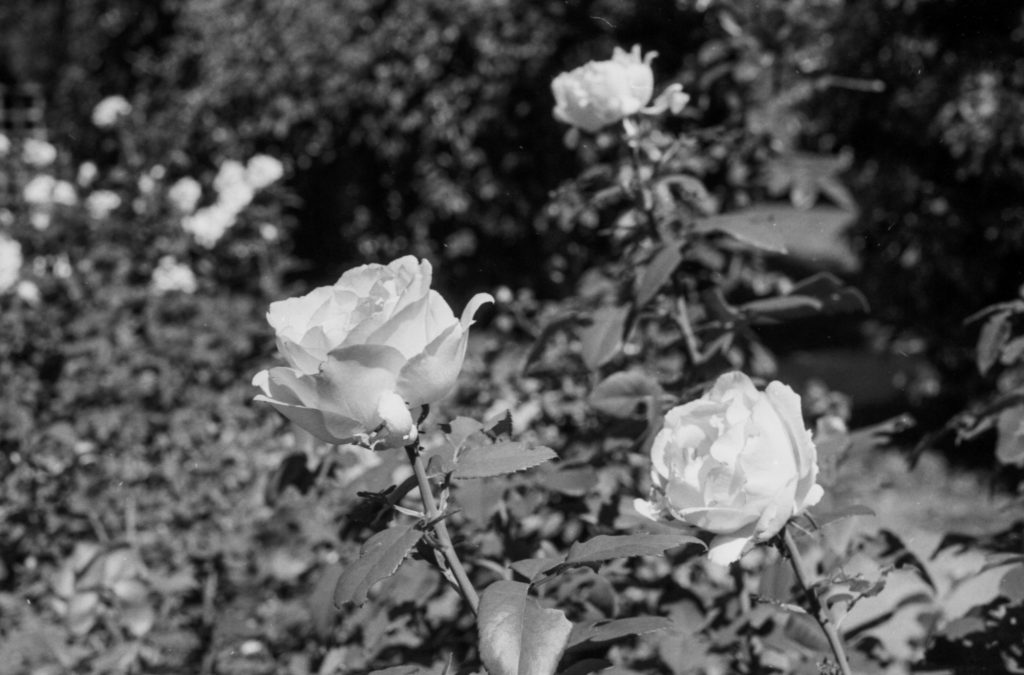


Film Results
I cycled through three stocks to see how the MZ-S would handle different looks.
- Kodak Ektar 100: With the 31mm and 43mm, colors came out vibrant and punchy, and the meter consistently nailed exposures even in midday sunlight. Ektar can be tricky with saturation, but the MZ-S gave me clean, balanced frames without the need to second-guess.
- Ilford FP4: Shooting FP4 through the 77mm was a joy. Tonal range was excellent, and the camera’s spot meter helped me control contrast in bright outdoor conditions. The combination delivered negatives that were smooth and elegant, perfect for portraits.
- Kentmere 200: This budget stock paired well with the 43mm for casual shooting. The MZ-S kept exposures steady despite the film’s narrower latitude, and the results had a pleasant, classic grain structure. It reminded me how well the camera adapts, whether you’re shooting premium or economical emulsions.
Images below shot on Kodak Ektar 100 at box speed. Normal process using Flic Film C-41 Kit. Scanned on an Epson 10000XL, minor edits in LrC.

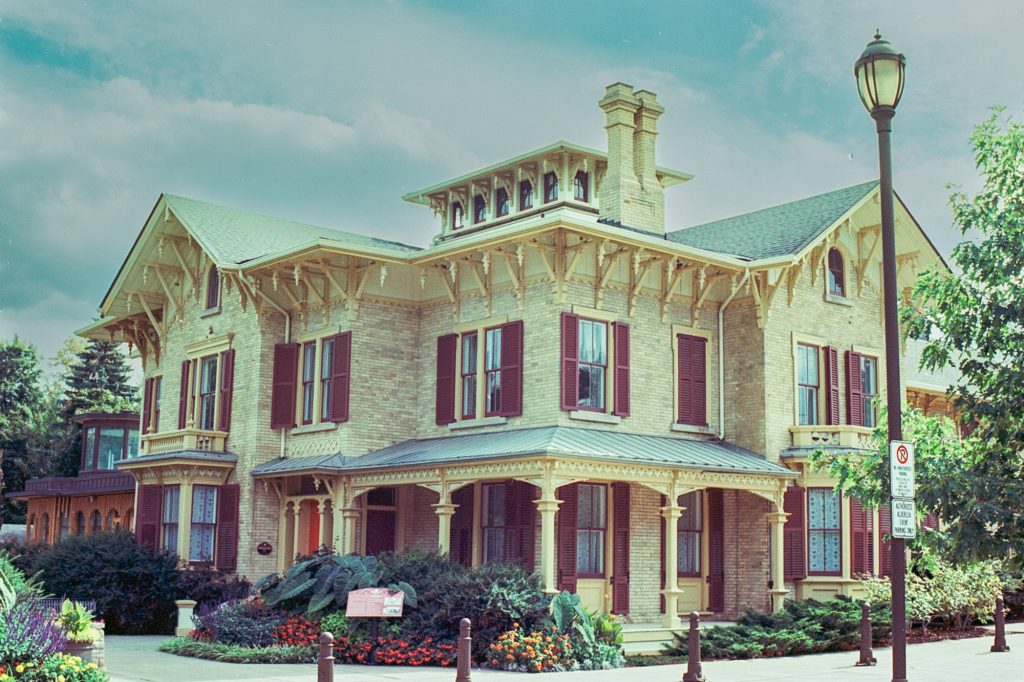
Compared to the Nikon F6
I’ve been a Nikon shooter for most of my life and I’m admittedly a Nikon fanboy. For me, the Nikon F6 represents the ultimate in pro-level film SLR engineering — heavy, unyielding, and built like a tank — the MZ-S is its graceful counterpoint. Where the F6 insists on its presence, with it’s machine gun like shutter – the MZ-S quietly supports the photographer. With the collection of primes supplied by John, it feels almost effortless, like carrying a small but capable companion rather than a tool that demands muscle and focus.
Images below shot on Ilford FP4+ at box speed. Developed in D-76, 11mins @20°C. Scanned on an Epson 10000XL, minor edits in LrC.
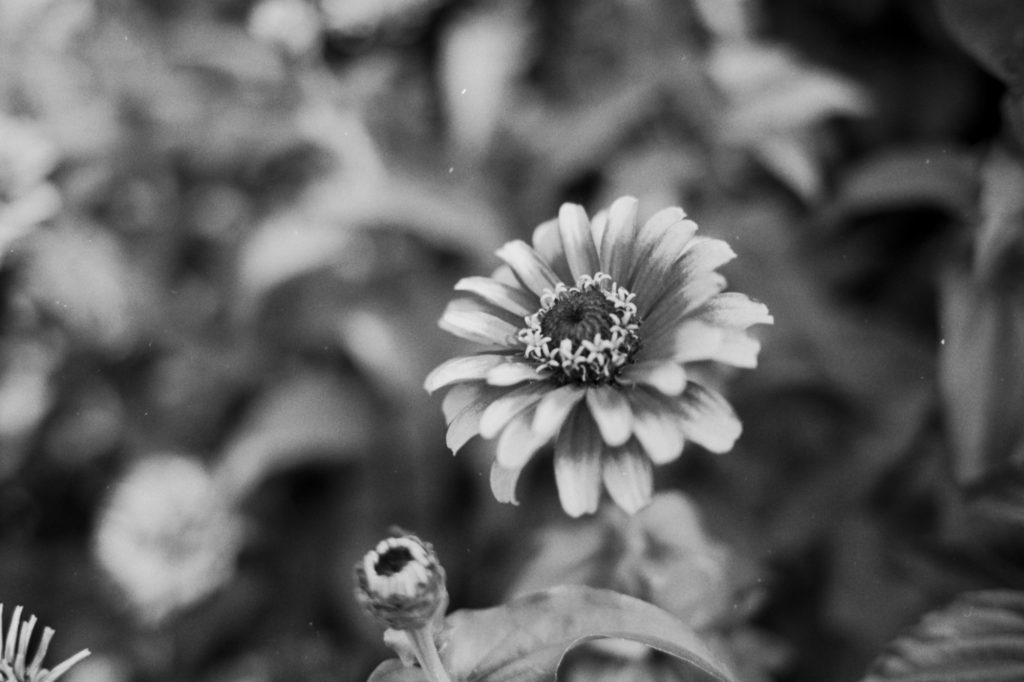
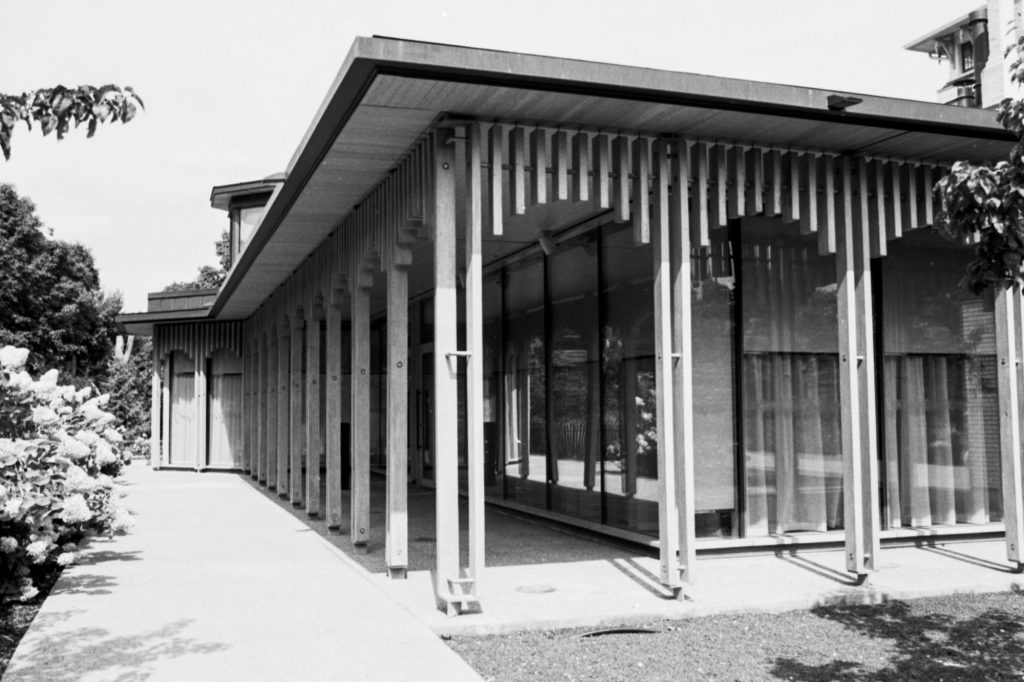
Final Thoughts
After a few days, I realized the MZ-S is a rare mix of modern convenience and classic shooting feel. With this particular lens trio, it becomes a remarkably refined system: sharp, compact, and soulful. Its metering proved reliable across different films, its handling was natural, and it never distracted me from actually making pictures.
In my mind, the Nikon F6 might be the technical apex of film 35mm SLRs, but the MZ-S is something else entirely — a camera that embodies balance, elegance, and the quiet joy of film photography.

